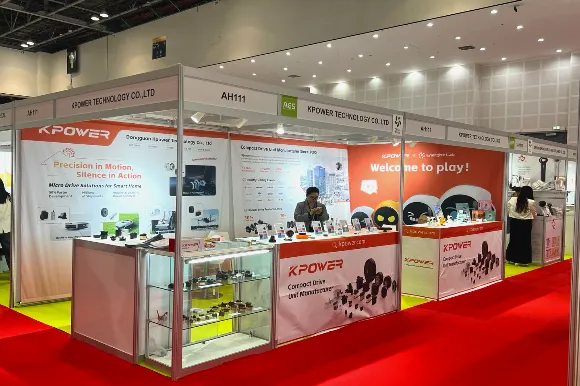In the fast-evolving world of microservices, resilience isn’t just a nice-to-have — it’s the backbone that keeps your system up and running, no matter what comes crashing down. But what exactly does resilience “look like” when juggling countless tiny services? Well, patterns become your secret weapon. Think of them like your mental toolkit, ready to tackle chaos with style.

Picture this: a Netflix binge suddenly hits a snag because one microservice hiccups. Instead of everyone hitting the panic button, resilience patterns pitch in. Circuit breakers act like gatekeepers, preventing the broken service from bringing down the whole show. Retries give that service a second shot, like knocking again at a friend's door after no one answers the first time. Failover strategies switch to backup services seamlessly, so users barely notice the blip. These aren’t just fancy tech tricks; they’re real lifesavers that keep your system smooth.
Let’s get down to practical stuff. When a microservice fails, how do you make sure the user experience stays flawless? That’s where resilience patterns flex their muscle. One popular pattern—‘bulkheads’—ensures that a failure in one service doesn’t flood the entire system. Imagine a ship where compartments keep water from spreading everywhere—same idea. Or consider ‘circuit breakers,’ which monitor a service and cut off requests when it’s overwhelmed, giving it a breather. It's like a manager stepping in before things spiral.
And the question: Does implementing these patterns slow things down? Not really. The trick is balancing resilience with performance. Overengineering can introduce latency, but a well-planned pattern actually reduces downtime and user frustration, which often outweighs the minor cost. The real magic lies in customizing these patterns for your unique architecture.
What’s the secret sauce? It’s testing. Building resilience isn’t a one-and-done deal. Load testing, failure injection, real-world simulations — all these give you the confidence that your microservices can handle the unexpected. Sometimes, a tiny failure can cascade into chaos if you're not prepared. But with resilience patterns in play, your system becomes smarter, more adaptive, almost like it has a sixth sense for trouble.
So, why settle for a fragile system that collapses under pressure? Resilience patterns are your allies, turning chaos into calm. They empower your microservices to bounce back fast, keep user trust high, and prevent small issues from snowballing into full-blown outages. Whether it’s circuit breakers, bulkheads, retries, or fallbacks, each pattern is a strategic move in building a system that’s tough as nails.
Are you ready to elevate your microservices game? Ignoring resilience is like walking a tightrope without a safety net. Embracing these patterns makes your architecture resilient, reliable, and ready for whatever storm comes next. Because sometimes, in software, it’s not just about being perfect — it’s about bouncing back faster than anyone expects.
Established in 2005, Kpower has been dedicated to a professional compact motion unit manufacturer, headquartered in Dongguan, Guangdong Province, China. Leveraging innovations in modular drive technology, Kpower integrates high-performance motors, precision reducers, and multi-protocol control systems to provide efficient and customized smart drive system solutions. Kpower has delivered professional drive system solutions to over 500 enterprise clients globally with products covering various fields such as Smart Home Systems, Automatic Electronics, Robotics, Precision Agriculture, Drones, and Industrial Automation.




































